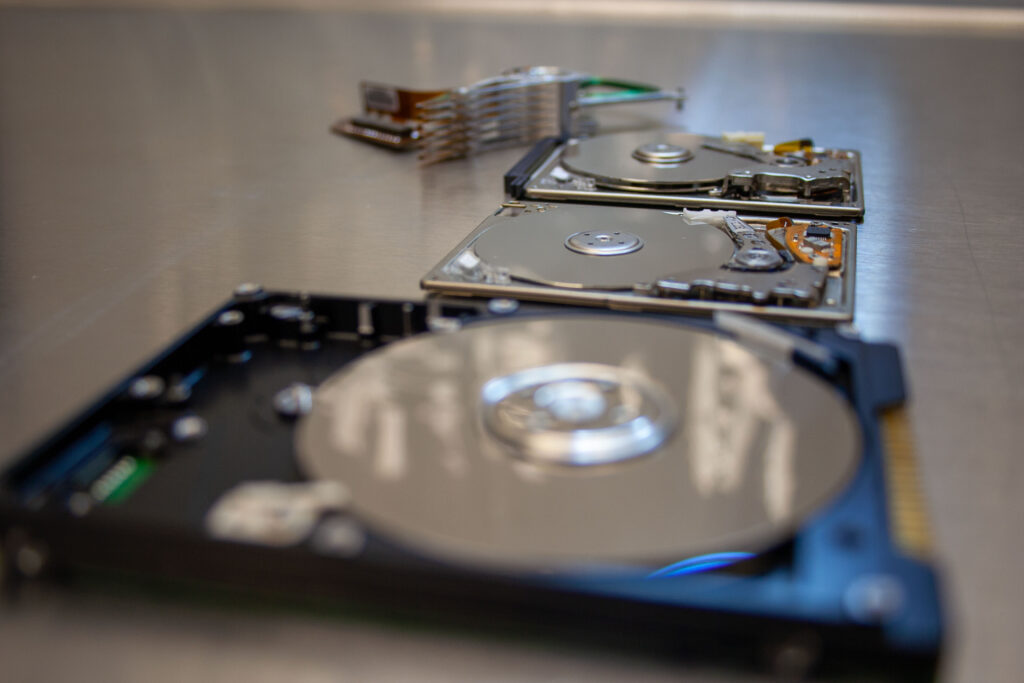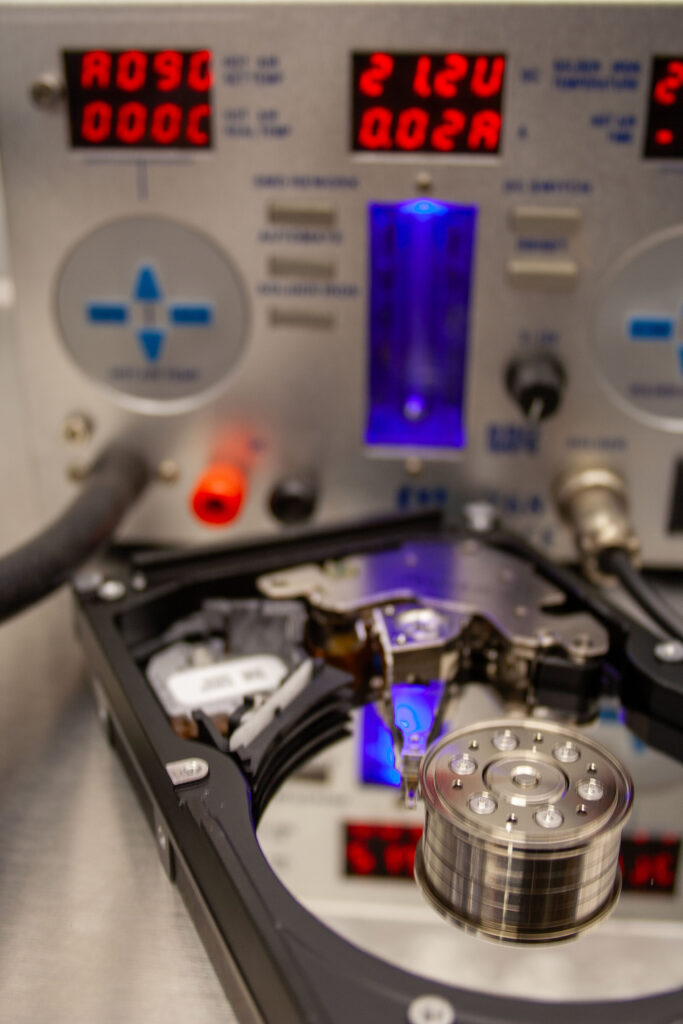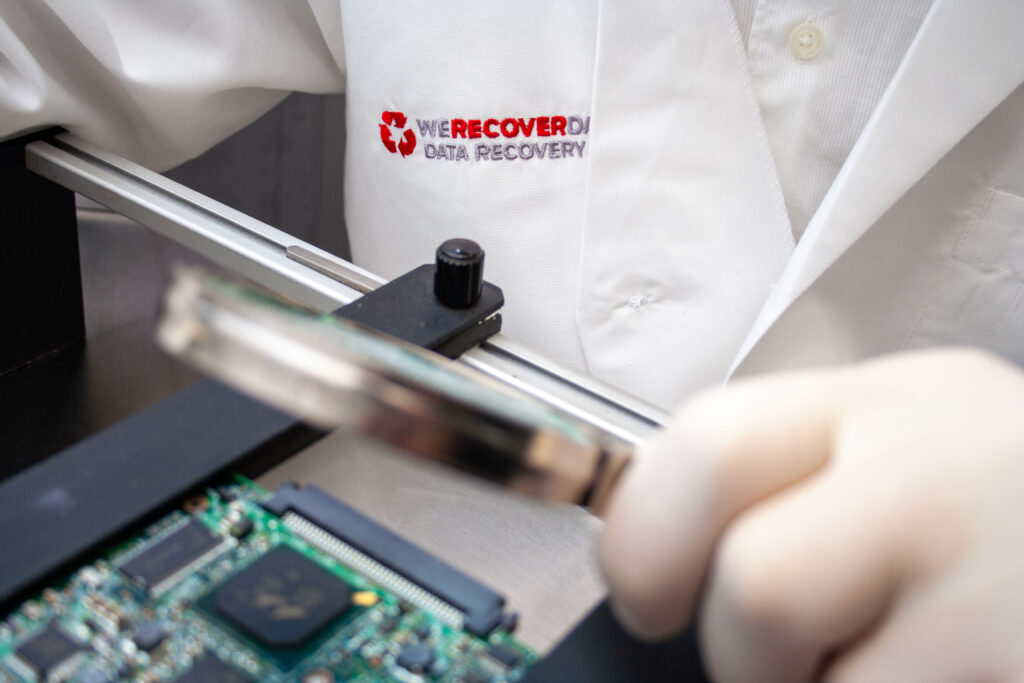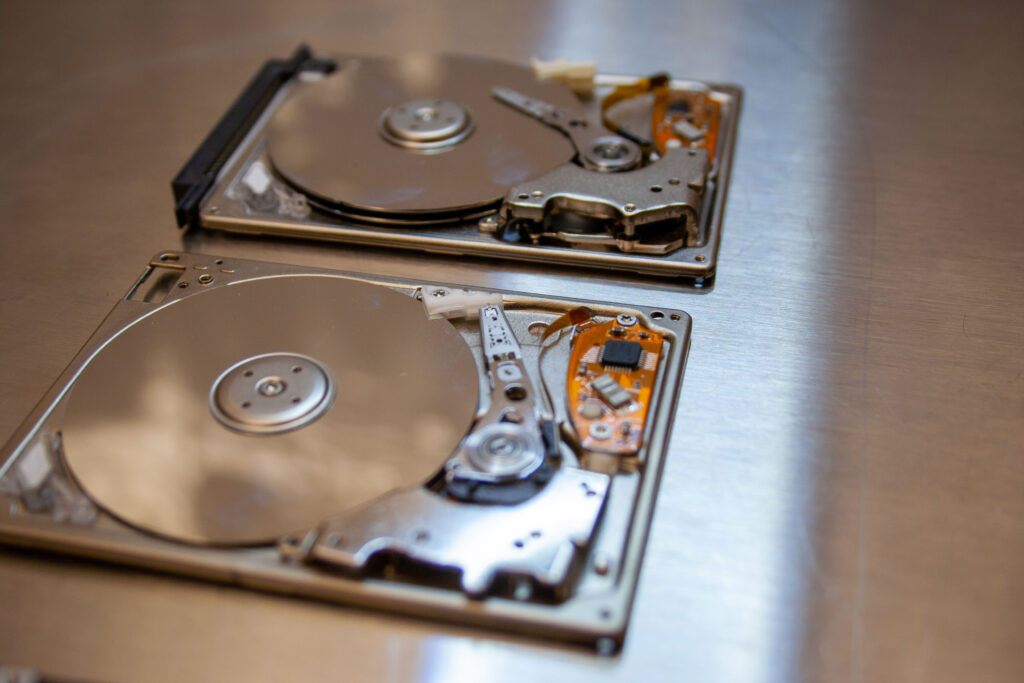PROJECT INFORMATION
Project Title: exFAT File Undeletion Utility
Project Start Date: 2016/11
Project Completion Date: 2016/11
Field of Science or Technology: Software Engineering and Technology
Purpose of work
To achieve technological advancement for the purpose of creating new or improving existing materials, devices, products or processes.
Experimental Development:
Overcoming Uncertainties, Work Performed, Achievements, and Outcome
Part of our data recovery process involves imaging a storage device if it is unstable or contains potential data errors. exFAT is a file system format that is increasingly popular with digital cameras and video devices. The block size (and hence the cluster size) is usually larger than a standard 512 byte per sector seen with standard Windows storage device format in order to support large file system sizes. When the device is imaged to another storage medium (hard disk or image file), the non-standard block size is not recognized by Windows and hence the recovery utilities that we reviewed on the market were not successful in extracting large deleted files from this type of file system. We were required to develop a utility that would recognize the different block sizes and extract deleted video files from the client’s device image using the different parameters of exFAT.
In attempting to develop this utility, we were unsure with the information we could find at the time, whether it was possible to fully recover a deleted file from a file system that was in use for a period of time. We found through information that some pointers and metadata were retained after deletion but it was uncertain how much overwrite that the file system would tolerate before utilizing the deleted space.
We studied the manner in which the file system modified the FAT and metadata when a file was deleted. We found after some study that file metadata (file name, dates, file size, etc) is still retained for a period of time and is only marked as available in the bitmap, but will eventually get overwritten if the directory space is needed. The FAT chain is also retained for a time after deletion but also eventually gets overwritten when the disk storage space is needed. From our observations, the FAT chain was retained longer than file metadata.
Using file system data from a client recovery that contained deleted files, we found that the metadata for requested files for recovery was missing. We then requested video file sample from the video camera that produced the files and performed a scan. We created a utility that scanned for the video headers and recorded the locations. After matching the video headers with valid files that weren’t deleted, we deduced that the remaining file headers that were part of video files that were previously deleted. We matched these file start locations to the related location in the FAT, and if that location showed that it was the beginning of a chain, it was extracted assuming that the FAT was valid. The files were then tested since there was no way to guarantee the file integrity. The end result was a successful tool that is being used in the daily operation.






























Great company!
I think it is the best company in the world regarding data recovery. They take all types of recovery cases with great responsibility and ensure they work with the best possible solution for your specific case. I highly recommend it.
Superb effort
Superb effort from werecoverdata. I had no idea how to fix it when I faced a horrible problem with my RAID NAS. But they solved it very quickly and superbly. I recommend them!
Fantastic results
Thanks to all staff of werecoverdata for excellent work and for getting my company data back! I got frustrated when a deadly drop damaged my hard drive. But they solved it!
Thanks
Few days ago my raid server is crashed dangerously. It was not starting any more. I tried in a various way whatever I know but I could not fix it. My uncle told me about WeRecoverdata. Then contact with them and they repaired it. Thank you guys.
Recover service
Those are suffering bad experience of getting a reliable and professional recovery service provider, definitely, they can choose werecoverdata. I highly recommend it.
Thanks a lot
The location is a bit hard to find out but eventually, I did. They recovered my hard drive, which was mostly dead. Thanks a lot.
Great response
Definitely weRecover team is great to solve that kind of hard drive problem. Great response and remarkable. They recovered my all data successfully within short time. I wanna give special thank to David. Thanks a lot man.
Liked Your Service
I have been using my HP laptop since 2016. Few months ago I could not open my laptop. After pressing the power button its showing nothing. My friend told me about that company. They recovered my laptop. Now its working perfectly. Thanks a lot WeRecoverData.
Pretty good experience
It was really pretty good experience. They are so professional, punctual and reliable. I strongly recommend it.
Remarkable Work
A lot of thanks to werecoverdata. You did really remarkable work. I was frustrated when lost my important data from a hard drive. I sent my hard drive to WRD then they got all the data back. At first, I couldn’t believe anyone can recover it since my computer tech said he can’t do it. All credit goes to werecoverdata.
Gorgeous service
Fantastic service from all the guys at werecoverdata. I was having pressure when corrupted data from my hard drive .Then I went there and they fixed it superbly.Thanks for removing the pressure!
Extremely well
I faced horrible problem but they solved it extremely well.My problem was that hard drive crashed dangerously.At this moment I thought the sky was broken on my head.Thank you for that.
Sensible
Thanks to WeRecoverData. You fixed the hard drive problem promptly. I am impressed… Anybody can rely on werecoverdata.
Well done
Thank you
Great work
Obviously great work from werecoverdata.Definitely no doubt about this company because they take seriously to solve any kinds of problem.I have lot of assurance at them.A lot of thanks to them.
Fantastic work
Oh Tom really fantastic work. You saved my important days. Raid 5 server damaged dangerously few days ago. But you fixed it well. Thank you for that!
Great efforts
All credits goes to werecoverdata for recovering raid server.I thought impossible to repair it but they was taken sensible and fixed it.Now I can fully trust on werecoverdata.All thanks to them.
Helpful Work
Werecoverdata, you did a really very helpful work.I was angry when my hard drive got dropped from my mistakes. I recommend the company and give a lot of thanks to werecoverdata.
Best service
After my hard drive crashed I was going to be totally mad. One of mu cousin suggested me to meet that company. I did and got the best service ever I had.
Remarkable Job
AWESOME service from WeRecoverData. I was almost mad when my pc crashed. A lot of valuable data in my hard drive. One of my friend recommend it. I thought it will not be possible.
But after all I got back my all data. Thank You WeRecoverData.